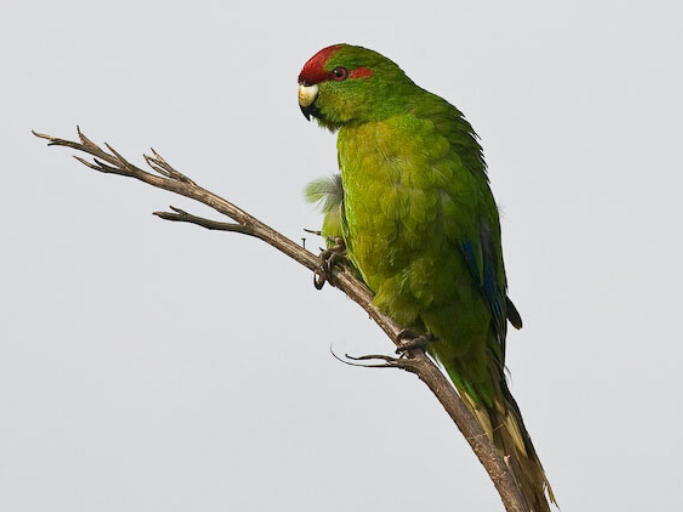The 5MBC originated from the DSIR (Department of Industry and Research) in the 1970s, and since then there have been more than 200,000 recorded 5MBCs. (They’re effective, too; according to the NZ Journal of Ecology, the government was persuaded to halt logging of native trees on public land in 2002 because of data from 5MBCs.)
To perform a 5MBC, simply stand still for exactly five minutes and record every bird you see and/or hear during that time (native and introduced).
If you need some help identifying birds, Birds NZ is an online encyclopaedia filled with photos, descriptions, locations, and audio recordings of native birds (see their ‘identify that bird’ guide on the homepage).
Manaaki Whenua – Landcare Research also has a useful summary of local birds (both native and introduced), including bird calls.
If you’re still not sure of the exact bird you’ve seen/heard just note what you can, e.g. ‘gull species’ or ‘duck species’.

Your data should include:
- Which species and how many of each (try not to count the same bird twice)
- Your location (as specific as possible)
- Your name
- The date and time of your 5MBC (which season will affect population numbers)
- Any other variables (e.g. weather conditions).
The 5MBC is an easy, low-cost way to form a snapshot of the local birdlife, as well as compare with previous counts. However, it’s what is known as an ‘incomplete count’ and not 100% accurate because you’re using a small sample to make wider assumptions.
How to record and share your bird counts:
- DOC has templates and spreadsheets for recording bird data (here’s a link to their printable PDF, 22 KB).
- Use iNaturalist or eBird (website and app) to record and share your bird sightings online.
- Bird counts can also be bird-specific, e.g. the annual Great Kererū Count.
- Manaaki Whenua – Landcare Research runs an annual New Zealand Garden Birds Survey each winter (here’s the tally sheet, with bird photos included). This survey takes an hour to complete, can be submitted online or via post, and the results are turned into an annual report.

